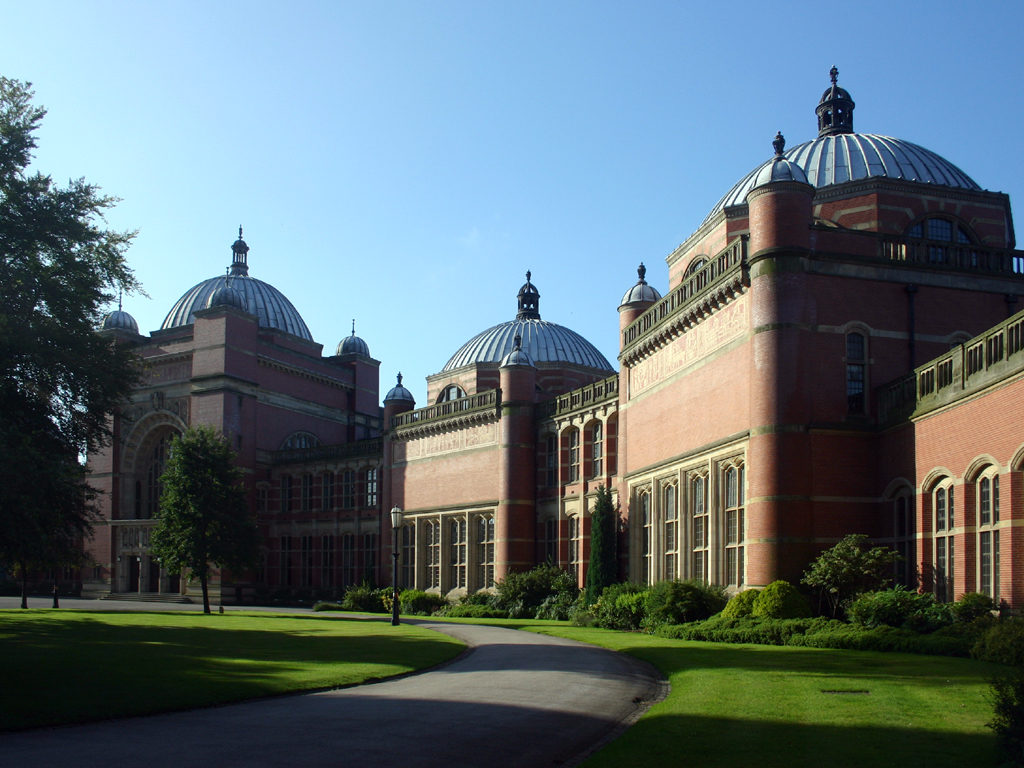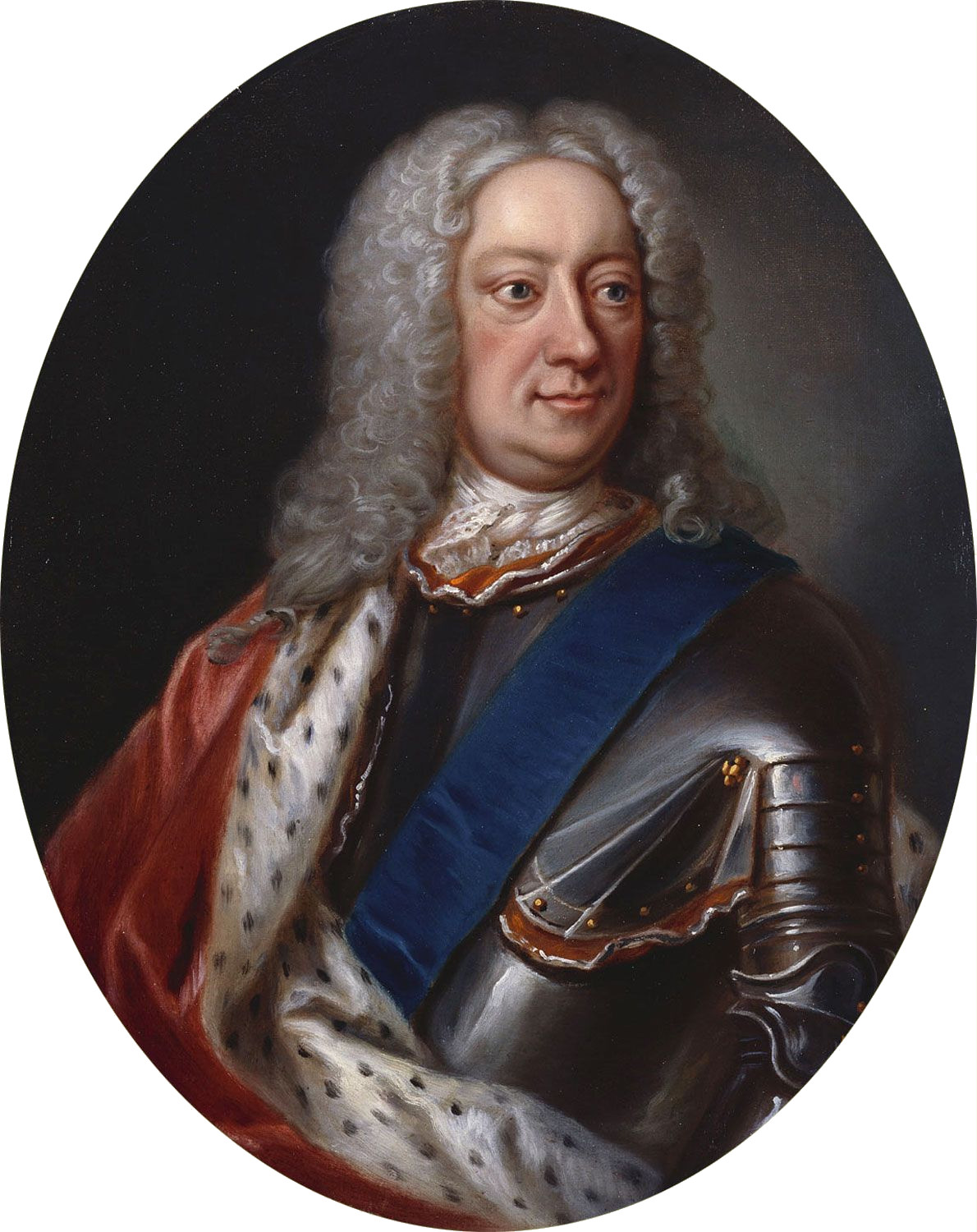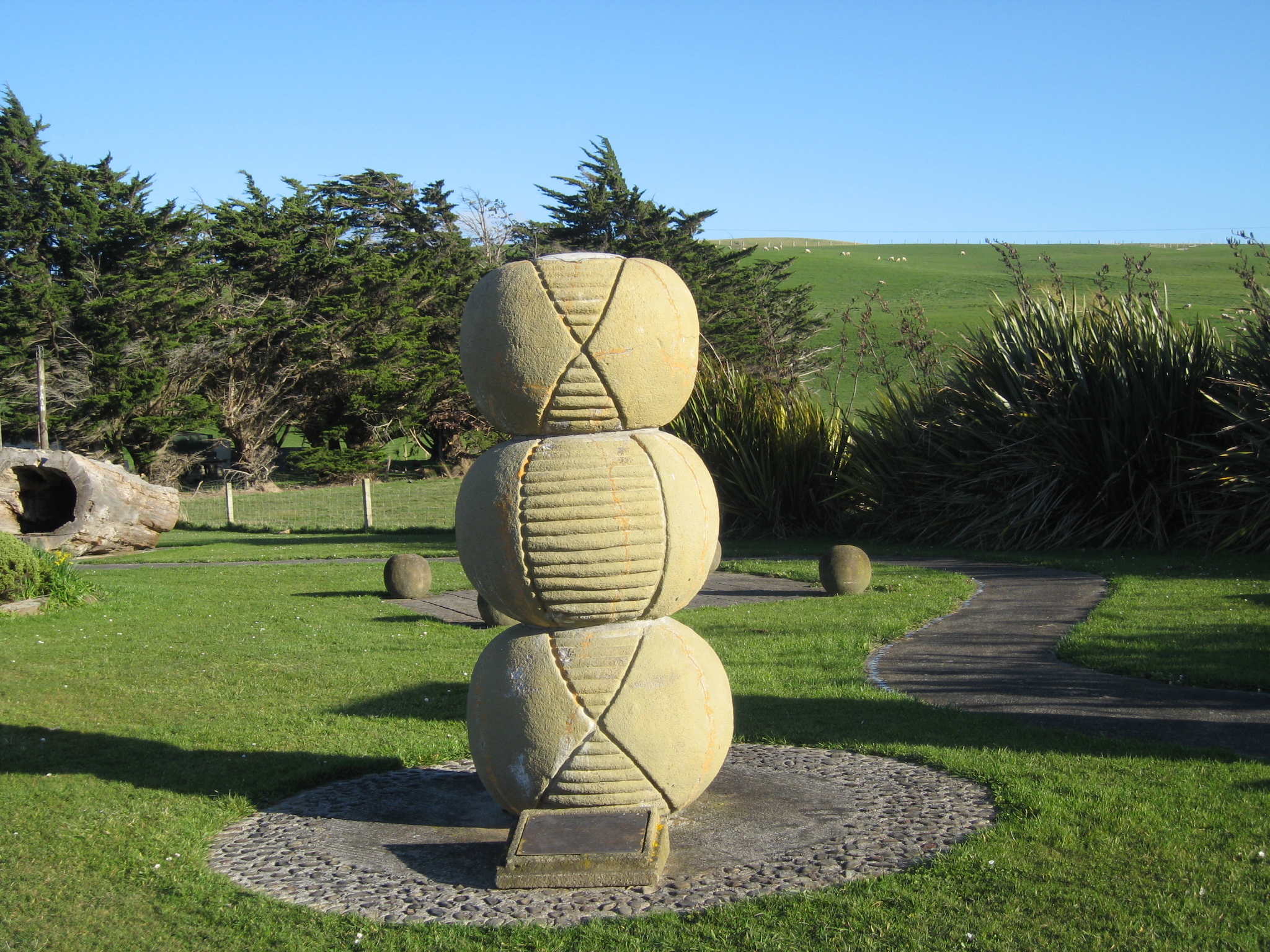|
Francesca Wilson
Francesca Mary Wilson (1888–1981) was an English schoolteacher, refugee relief worker and writer. Life Francesca Wilson was born into a Quaker family in Newcastle upon Tyne. She was educated at the Central Newcastle High School for Girls and Armstrong College (Durham University), Armstrong College before studying history at Newnham College, Cambridge. She gained a Cambridge teachers' certificate in 1912, before teaching at Bath High School and Gravesend County School for Girls. In 1914, Wilson met Belgian refugees in Gravesend, and decided to suspend her teaching to take up relief work: In 1916, Wilson worked with French evacuee children at Samoëns in the Haute-Savoie, moving to Corsica the following year with the Serbian Relief Fund. She did similar work with her brother Maurice Wilson in North Africa before moving in February 1919 to distribute food and clothing in Niš, Grdelica, and Belgrade. Her first book, ''Portraits and Sketches of Serbia'' (1920) aimed to publicize S ... [...More Info...] [...Related Items...] OR: [Wikipedia] [Google] [Baidu] |
Quaker
Quakers are people who belong to a historically Protestant Christian set of Christian denomination, denominations known formally as the Religious Society of Friends. Members of these movements ("theFriends") are generally united by a belief in each human's ability to experience Inward light, the light within or see "that of God in every one". Some profess a priesthood of all believers inspired by the First Epistle of Peter. They include those with evangelicalism, evangelical, Holiness movement, holiness, Mainline Protestant, liberal, and Conservative Friends, traditional Quaker understandings of Christianity. There are also Nontheist Quakers, whose spiritual practice does not rely on the existence of God. To differing extents, the Friends avoid creeds and Hierarchical structure, hierarchical structures. In 2017, there were an estimated 377,557 adult Quakers, 49% of them in Africa. Some 89% of Quakers worldwide belong to ''evangelical'' and ''programmed'' branches that hold ... [...More Info...] [...Related Items...] OR: [Wikipedia] [Google] [Baidu] |
Edith Pye
Edith Mary Pye (20 October 1876 – 16 December 1965) was an English midwife and International Relief Organizer. She worked in maternity hospitals for women refugees and was the president of the British Midwives Institute. Along with being a member of Friends Germany Emergency Committee, Red Cross, and the International Commission for the Assistance of Child Refugees. In 1907, she became Superintendent of District Nurses in London, following her lengthy career in international relief efforts and as a midwife. She died at her home in Somerset in 1965. Early life She was born on 20 October 1876 in London, to William Arthur Pye JP, a wine merchant, and Margaret Thompson Kidston, daughter of James Burns Kidston of Glasgow. Her siblings included Sybil Pye, the bookbinder, the artist Ethel Pye and David Randall Pye, the scientist and father of the sculptor William Pye. Ethel and Sybil belonged to a circle of friends of Rupert Brooke, known as the Neo-pagans. Career Edith Pye b ... [...More Info...] [...Related Items...] OR: [Wikipedia] [Google] [Baidu] |
Nikolaus Pevsner
Sir Nikolaus Bernhard Leon Pevsner (30 January 1902 – 18 August 1983) was a German-British art historian and architectural historian best known for his monumental 46-volume series of county-by-county guides, '' The Buildings of England'' (1951–74). Life Nikolaus Pevsner was born in Leipzig, Saxony, the son of Anna and her husband Hugo Pevsner, a Russian-Jewish fur merchant. He attended St. Thomas School, Leipzig, and went on to study at several universities, Munich, Berlin, and Frankfurt am Main, before being awarded a doctorate by Leipzig in 1924 for a thesis on the Baroque architecture of Leipzig. In 1923, he married Carola ("Lola") Kurlbaum, the daughter of distinguished Leipzig lawyer Alfred Kurlbaum. He worked as an assistant keeper at the Dresden Gallery between 1924 and 1928. He converted from Judaism to Lutheranism early in his life. During this period he became interested in establishing the supremacy of German modernist architecture after becoming aware of ... [...More Info...] [...Related Items...] OR: [Wikipedia] [Google] [Baidu] |
University Of Göttingen
The University of Göttingen, officially the Georg August University of Göttingen, (german: Georg-August-Universität Göttingen, known informally as Georgia Augusta) is a public research university in the city of Göttingen, Germany. Founded in 1734 by George II of Great Britain, George II, King of Great Britain and Elector of Electorate of Hanover, Hanover, and starting classes in 1737, the Georgia Augusta was conceived to promote the ideals of the Age of Enlightenment, Enlightenment. It is the oldest university in the state of Lower Saxony and the largest in student enrollment, which stands at around 31,600. Home to many List of Georg-August University of Göttingen people, noted figures, it represents one of Germany's historic and traditional institutions. According to an official exhibition held by the University of Göttingen in 2002, 44 Nobel Prize winners had been affiliated with the University of Göttingen as alumni, faculty members or researchers by that year alone. ... [...More Info...] [...Related Items...] OR: [Wikipedia] [Google] [Baidu] |
Prague
Prague ( ; cs, Praha ; german: Prag, ; la, Praga) is the capital and largest city in the Czech Republic, and the historical capital of Bohemia. On the Vltava river, Prague is home to about 1.3 million people. The city has a temperate oceanic climate, with relatively warm summers and chilly winters. Prague is a political, cultural, and economic hub of central Europe, with a rich history and Romanesque, Gothic, Renaissance and Baroque architectures. It was the capital of the Kingdom of Bohemia and residence of several Holy Roman Emperors, most notably Charles IV (r. 1346–1378). It was an important city to the Habsburg monarchy and Austro-Hungarian Empire. The city played major roles in the Bohemian and the Protestant Reformations, the Thirty Years' War and in 20th-century history as the capital of Czechoslovakia between the World Wars and the post-war Communist era. Prague is home to a number of well-known cultural attractions, many of which survived ... [...More Info...] [...Related Items...] OR: [Wikipedia] [Google] [Baidu] |
Women's International League For Peace And Freedom
The Women's International League for Peace and Freedom (WILPF) is a non-profit non-governmental organization working "to bring together women of different political views and philosophical and religious backgrounds determined to study and make known the causes of war and work for a permanent peace" and to unite women worldwide who oppose oppression and exploitation. WILPF has national sections in 37 countries. The WILPF is headquartered in Geneva and maintains a United Nations office in New York City. Organizational history WILPF developed out of the International Women's Congress against World War I that took place in The Hague, Netherlands, in 1915 and the formation of the International Women's Committee of Permanent Peace;Paull, John (2018The Women Who Tried to Stop the Great War: The International Congress of Women at The Hague 1915 In A. H. Campbell (Ed.), Global Leadership Initiatives for Conflict Resolution and Peacebuilding (pp. 249-266). (Ch.12) Hershey, PA: IGI Glob ... [...More Info...] [...Related Items...] OR: [Wikipedia] [Google] [Baidu] |
Socialist Republic Of Macedonia
The Socialist Republic of Macedonia ( mk, Социјалистичка Република Македонија, Socijalistička Republika Makedonija), or SR Macedonia, commonly referred to as Socialist Macedonia or Yugoslav Macedonia, was one of the six constituent republics of the post-World War II Socialist Federal Republic of Yugoslavia, and a nation state of the Macedonians. After the transition of the political system to parliamentary democracy in 1990, the Republic changed its official name to Republic of Macedonia in 1991,''On This Day'' – Macedonian Information Agency – MIA , see: 1991 and with the beginning of the [...More Info...] [...Related Items...] OR: [Wikipedia] [Google] [Baidu] |
Maurice Wilkins
Maurice Hugh Frederick Wilkins (15 December 1916 – 5 October 2004) was a New Zealand-born British biophysicist and Nobel laureate whose research spanned multiple areas of physics and biophysics, contributing to the scientific understanding of phosphorescence, isotope separation, optical microscopy and X-ray diffraction, and to the development of radar. He is best known for his work at King's College London on the structure of DNA. Wilkins' work on DNA falls into two distinct phases. The first was in 1948–1950, when his initial studies produced the first clear X-ray images of DNA, which he presented at a conference in Naples in 1951 attended by James Watson. During the second phase, 1951–52, Wilkins produced clear "B form" "X" shaped images from squid sperm, images he sent to James Watson and Francis Crick, causing Watson to write "Wilkins... has obtained extremely excellent X-ray diffraction photographs" f DNA In 1953, Wilkins' group coordinator Sir John Ran ... [...More Info...] [...Related Items...] OR: [Wikipedia] [Google] [Baidu] |
Nikolai Bachtin
Nikolai Bachtin (1894 – 1950) was a lecturer in classics and linguistics at the University of Birmingham, England. Bachtin was a friend of the philosopher Ludwig Wittgenstein. Bachtin's papers are held at the University of Birgminham archive. References Academics of the University of Birmingham 1894 births 1950 deaths {{England-academic-bio-stub ... [...More Info...] [...Related Items...] OR: [Wikipedia] [Google] [Baidu] |
Elsie Duncan-Jones
Elsie Elizabeth Duncan-Jones ( Phare; 2 July 1908 – 7 April 2003) was a British literary scholar, translator, and playwright, and authority on the poet Andrew Marvell. Early life and education Elsie Elizabeth Phare was born in Chelston, Devon, in 1908, the daughter of Henry Phare and Hilda Annie Bull Phare. Her father was a stationer and radio engineer. She received a scholarship to attend Newnham College, Cambridge, where she studied with literary scholar I.A. Richards, and was president of the college's undergraduate literary society. In 1929, she won the college's Chancellor's Medal for English verse. Career In 1931, Phare became assistant lecturer in English at the University of Southampton. While there, she wrote a play, ''Fidelia's Ghost'', and published her first book of literary criticism, on the poetry of Gerard Manley Hopkins. She had to resign her post when she married a fellow faculty member in 1933. Duncan-Jones moved with her husband when he became a profe ... [...More Info...] [...Related Items...] OR: [Wikipedia] [Google] [Baidu] |
Edgbaston
Edgbaston () is an affluent suburban area of central Birmingham, England, historically in Warwickshire, and curved around the southwest of the city centre. In the 19th century, the area was under the control of the Gough-Calthorpe family and the Gillott family who refused to allow factories or warehouses to be built in Edgbaston, thus making it attractive for the wealthier residents of the city. It then came to be known as "where the trees begin". One of these private houses is grade one listed and open to the public. The majority of Edgbaston that falls under the B15 postcode finds itself being part of the Calthorpe Estate. The estate is an active conservation area, and it is here that the areas most prized properties are situated. The exclusivity of Edgbaston is down to its array of multi-million listed Georgian and Victorian villas, making it one of the most expensive postcodes outside of London. Edgbaston boasts facilities such as Edgbaston Cricket Ground, a Tes ... [...More Info...] [...Related Items...] OR: [Wikipedia] [Google] [Baidu] |
Edgbaston Church Of England College For Girls
St George's School Edgbaston is a non-selective private day school in Edgbaston, Birmingham, England for girls and boys aged 11 to 18. It is located near St George's Church and consists of a lower school, an upper school and a sixth form. History St George's School was founded as a charitable trust in 1999 as a result of the merger of two schools: Edgbaston Church of England College for Girls, founded in 1886 and Edgbaston College Preparatory School, founded at the end of the nineteenth century. The school is situated one mile from the centre of Birmingham and occupies a six-acre site. The school has a Christian foundation which aims to embrace Christian values in everything the students do. Its ethos statement recognises that the school community reflects the multi-cultural diversity of Birmingham and that this has a significant influence on the way the school applies its Christian values. School Organisation It is divided into the lower school, including the Early Years Fou ... [...More Info...] [...Related Items...] OR: [Wikipedia] [Google] [Baidu] |






